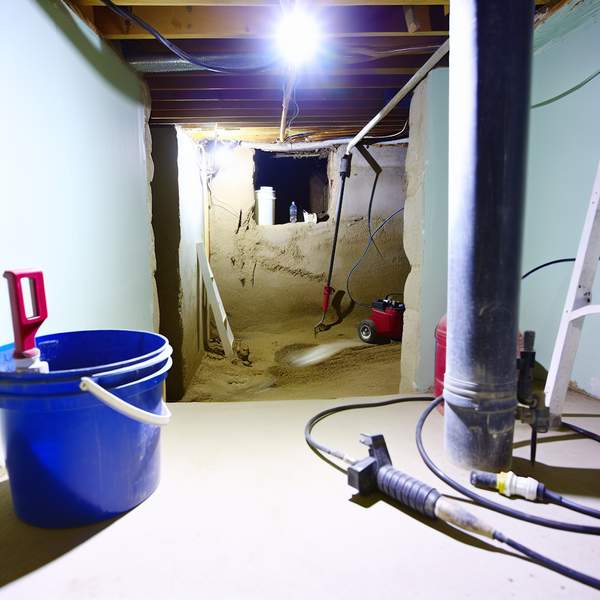For many American homeowners, the basement is more than just extra storage space; it can be a valuable extension of your living area. Ensuring your basement is adequately waterproofed is essential to protect your home from water damage, mold, and structural issues. Let’s explore a comprehensive guide to inspecting your basement’s waterproofing.
Understanding the Importance of Basement Waterproofing
A well-maintained basement adds value to your home while providing peace of mind. Waterproofing prevents water infiltration that can lead to mold growth, wood rot, and foundation damage. Regular inspections can help identify problems before they escalate.
Key Areas to Inspect
1. Foundation Walls and Floors
Check for cracks or signs of water seepage on the foundation walls and floors. Small hairline cracks might seem harmless but can widen over time and allow water entry.
- Look for efflorescence, a white powdery substance, indicating water seepage.
- Ensure that any existing waterproof paint or sealant is intact and without bubbles or peeling.
2. Exterior Drainage Systems
Effective exterior drainage is crucial for directing water away from your home.
- Inspect gutters and downspouts for clogs and ensure they extend at least 6 feet away from the foundation.
- Check the grading around your home to confirm that it slopes away from the foundation.
Practical Tips for Homeowners
- Conduct basement inspections at least twice a year, especially after heavy rains.
- Consider installing a sump pump if your basement is prone to flooding.
- Seal any visible cracks promptly using appropriate waterproofing products.
Conclusion
Regular basement waterproofing inspections are vital to maintaining the integrity of your home. By identifying potential issues early and taking preventive measures, you can protect your investment and avoid costly repairs. Whether you choose to DIY or hire a professional, staying proactive about basement maintenance will ensure your home remains safe and dry for years to come.

